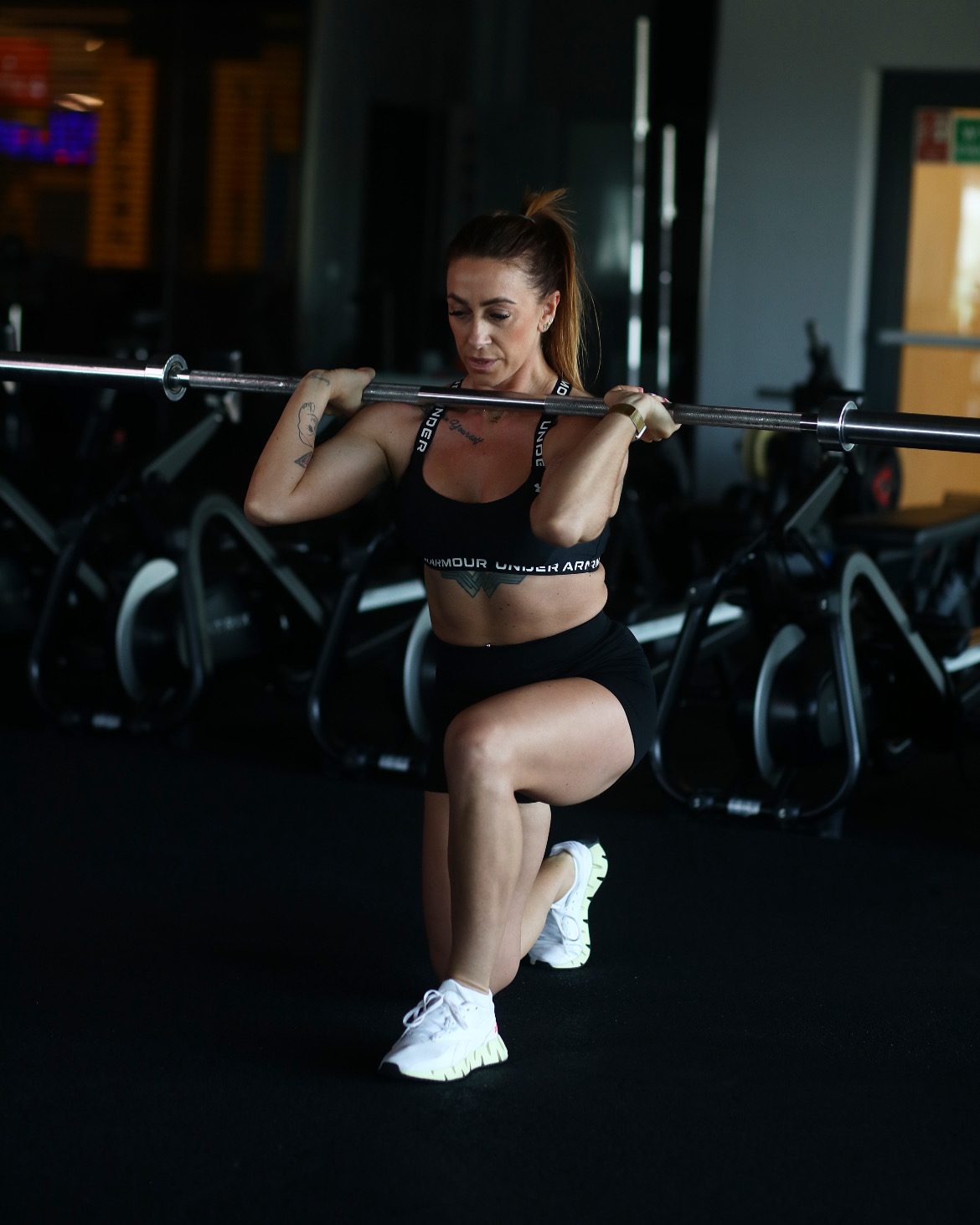World COPD Day is observed on November 19th, and this year’s theme is“Short of Breath, Think COPD.” It highlights a crucial message: despite being the third leading cause of death globally, COPD often remains undiagnosed or misdiagnosed. The campaign aims to raise awareness, encourage early detection, and ensure that persistent breathlessness is never ignored.
Feeling breathless after a flight of stairs or during daily chores goes unnoticed —but when shortness of breath becomes frequent, persistent, or worsens over time, it may be more than just fatigue. It could be an early sign of Chronic Obstructive Pulmonary Disease (COPD), a progressive lung condition that affects millions, yet often goes undiagnosed until its later stages.
Understanding COPD
COPD is an umbrella term for lung diseases—mainly chronic bronchitis and emphysema—that restrict airflow and damage lung tissue. Over time, the airways become inflamed, narrowed, and clogged with mucus, making breathing feel like a constant effort.
Most people associate COPD with smokers, but exposure to air pollution, indoor smoke from cooking, occupational dust, and genetic factors can also trigger it.
Early Signs You Shouldn’t Ignore
COPD develops slowly, and its symptoms often mimic everyday tiredness or seasonal allergies. Warning signs include:
- Frequent breathlessness
- Chronic cough (with or without mucus)
- Wheezing
- Chest tightness
- Fatigue during simple activities
If these symptoms continue for more than a few weeks, it’s important to get your lungs checked.
COPD is progressive, but it can be managed—especially when detected early. Timely diagnosis can help prevent lung damage, improve quality of life, and reduce the risk of flare-ups, hospitalisation, and complications.
Tips to Manage COPD
- Quit Smoking (If Applicable)
Smoking is the leading cause of COPD. Quitting slows disease progression and significantly improves breathing capacity.
- Avoid Air Pollution & Irritants
Reduce exposure to dust, fumes, strong perfumes, mosquito coils, and outdoor pollution.
Use masks when pollution is high and keep indoor spaces well-ventilated.
- Practice Breathing Techniques
Pursed-lip breathing, diaphragmatic breathing, Anulom Vilom, and Bhramari help control breathlessness and improve airflow.
- Exercise
Regular walking, light strength training, and yoga keep the lungs and muscles stronger, making daily activities easier.
- Maintain Good Posture
Slouching compresses the lungs. Sitting upright or using a supported chest-opening posture helps improve breathing.
- Eat Small, Nutritious Meals
Large meals can press against the diaphragm and make breathing harder. Choose smaller, balanced meals rich in fruits, vegetables, and lean proteins.
- Stay Hydrated
Water helps thin mucus, making it easier to breathe and cough it out.
- Stick to Your Medications
Use inhalers, bronchodilators, and other medicines as prescribed. Never skip or change doses without consulting your doctor.
- Get Vaccinated
Flu and pneumonia vaccines help prevent infections that can trigger COPD flare-ups.
- Monitor Symptoms
Notice changes like increased coughing, wheezing, or breathlessness.
Early intervention can prevent serious complications.
- Keep Stress at Bay
Stress worsens breathing. Meditation, slow breathing, yoga, and relaxation exercises help keep the mind—and lungs—calm.
See a Doctor
If breathlessness is becoming a pattern—not just a one-off episode—consult a physician. A simple lung function test (spirometry) can confirm whether COPD is the cause. Early diagnosis means better management and a healthier, more active life.
Disclaimer
The Content is not intended to be a substitute for professional medical advice, diagnosis, or treatment.
Always seek the advice of your physician or other qualified health provider with any questions you may have regarding a medical condition.
Disclaimer: This story is auto-aggregated by a computer program and has not been created or edited by jennertrends.
Publisher: Source link










